Researchers at New York University have engineered a new type of metamaterial called gyromorphs, which combines liquid-like randomness with large-scale structural patterns to block light from every direction. This innovation solves longstanding limitations in quasicrystal-based designs and could accelerate advances in photonic computing. According to a recent study, gyromorphs merge order and disorder to deliver unprecedented light-blocking power, paving the way for next-generation photonic computers.
The researchers, led by the Martiniani lab at NYU, have successfully engineered gyromorphs with unprecedented light-blocking capabilities. These materials have the potential to revolutionize the field of photonic computing, which relies on light to store and process information. Systems that operate using light could one day run far more efficiently than traditional computers, leading to significant advancements in fields such as artificial intelligence, data analytics, and scientific simulations.
Gyromorphs are a type of metamaterial that exhibits unique properties, including the ability to block light from every direction. This is achieved through the combination of liquid-like randomness and large-scale structural patterns, which allows the material to absorb and scatter light in a highly efficient manner. According to Dr. Martiniani, the lead researcher on the project, "Gyromorphs have the potential to overcome the limitations of traditional quasicrystal-based designs, enabling the development of more efficient and powerful photonic computers."
The development of gyromorphs is a significant breakthrough in the field of photonic computing, which has been hindered by the limitations of traditional quasicrystal-based designs. These materials have been used in various applications, including optical filters and beam splitters, but have been unable to achieve the level of light-blocking power required for next-generation photonic computers.
The potential impact of gyromorphs on the field of photonic computing is significant. According to Dr. Martiniani, "The development of gyromorphs could enable the creation of more efficient and powerful photonic computers, which could have a major impact on fields such as artificial intelligence, data analytics, and scientific simulations." The researchers are currently exploring the potential applications of gyromorphs and are working to develop new materials with even greater light-blocking capabilities.
The study on gyromorphs was published in a recent issue of a scientific journal and has generated significant interest in the scientific community. The researchers are now working to further develop and refine the materials, with the goal of creating a new generation of photonic computers that are faster, more efficient, and more powerful than traditional computers.
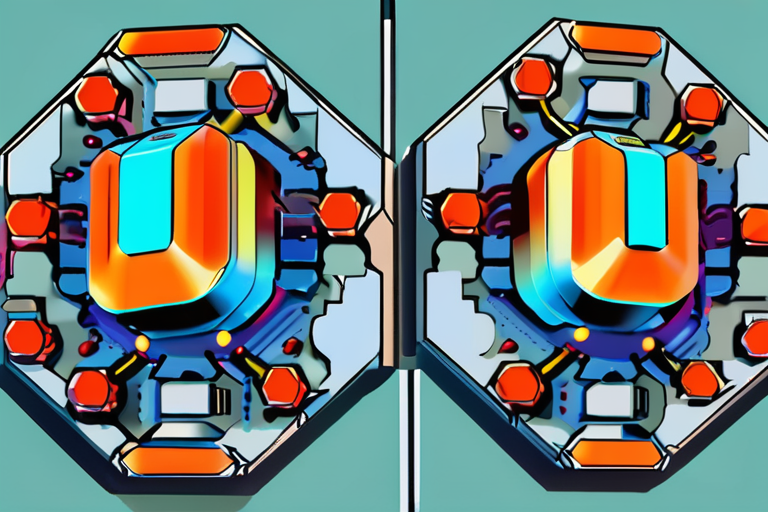

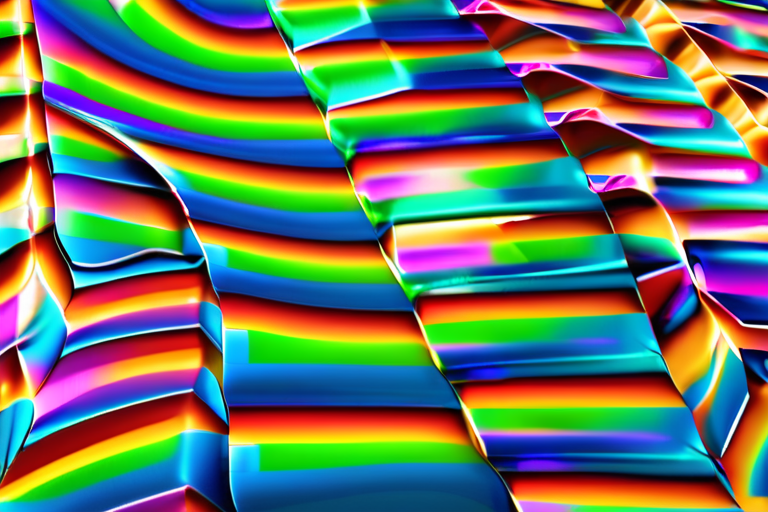
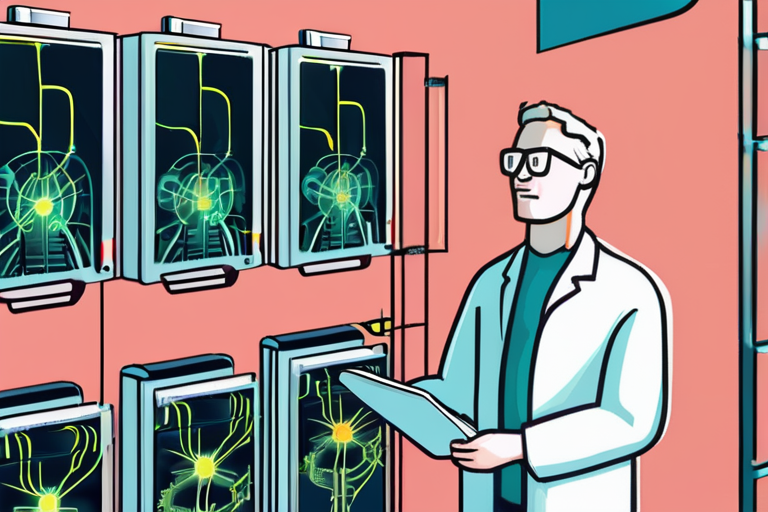



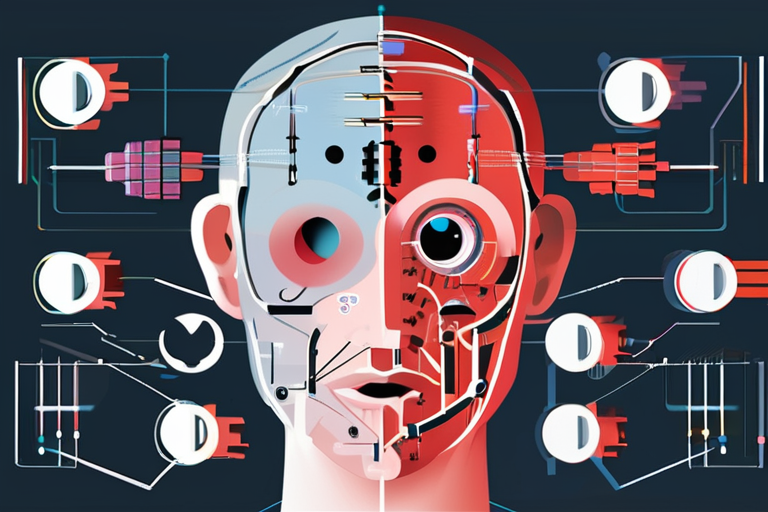

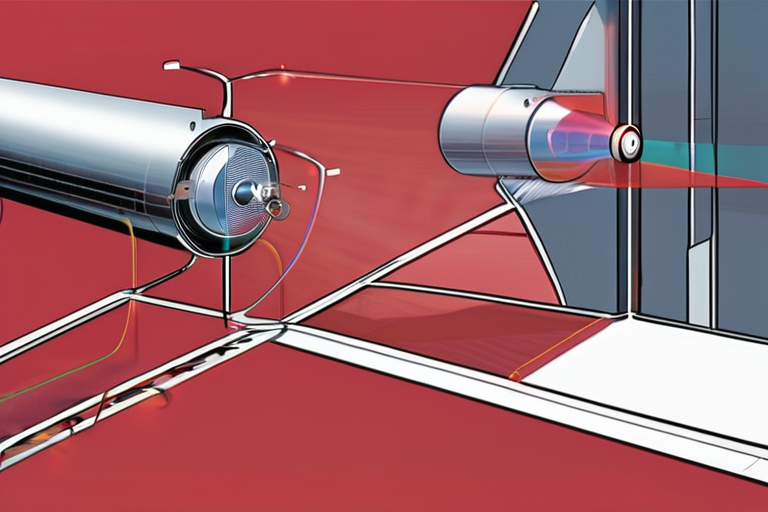



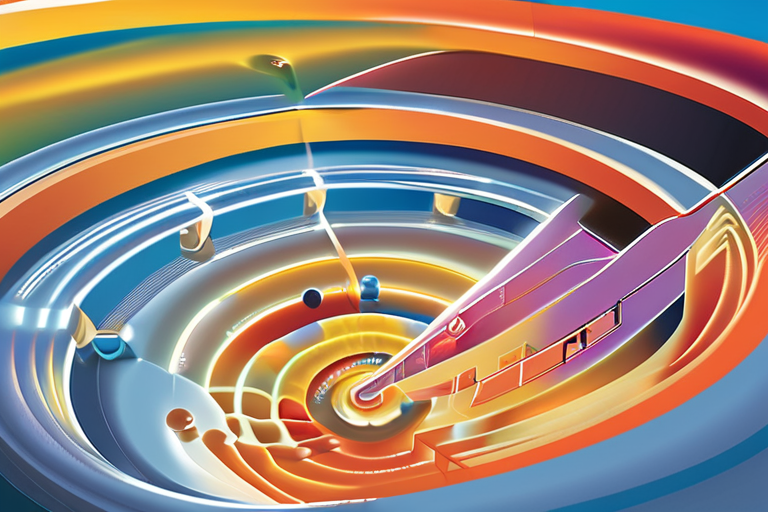
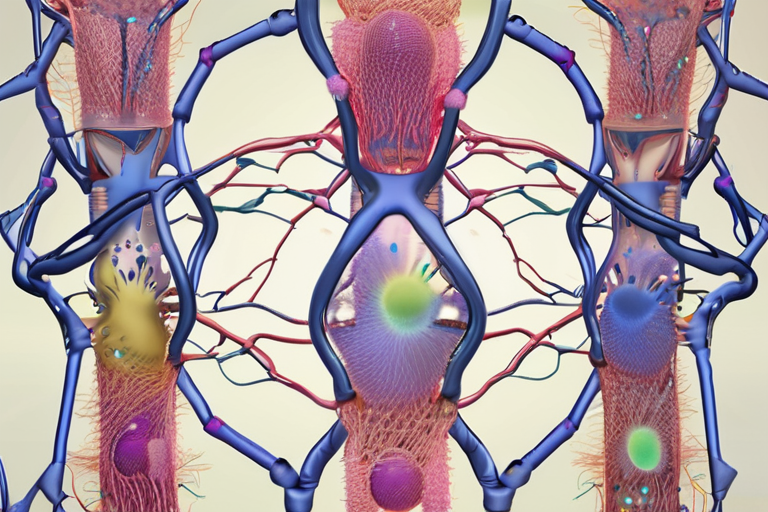



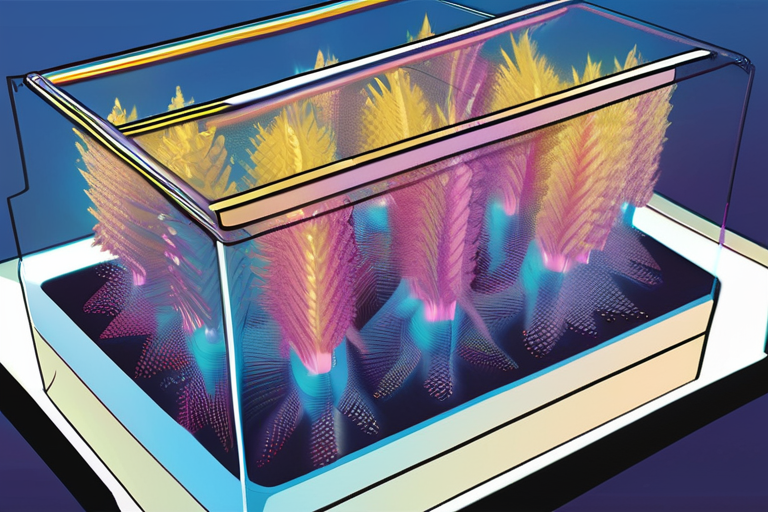
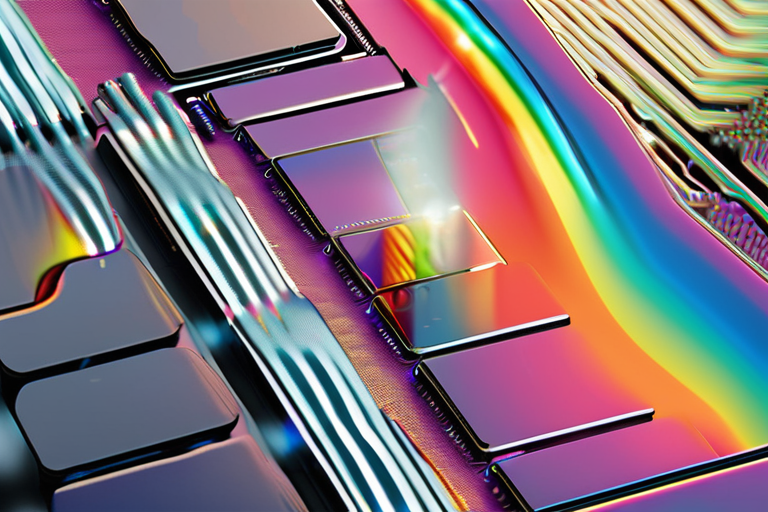


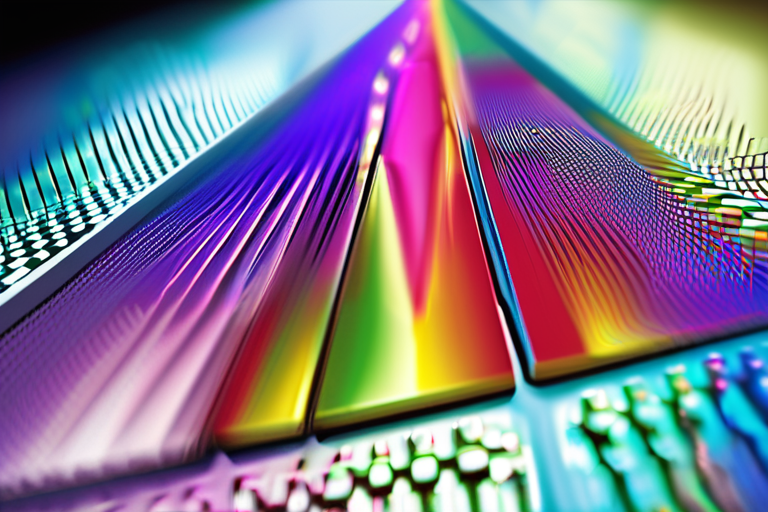


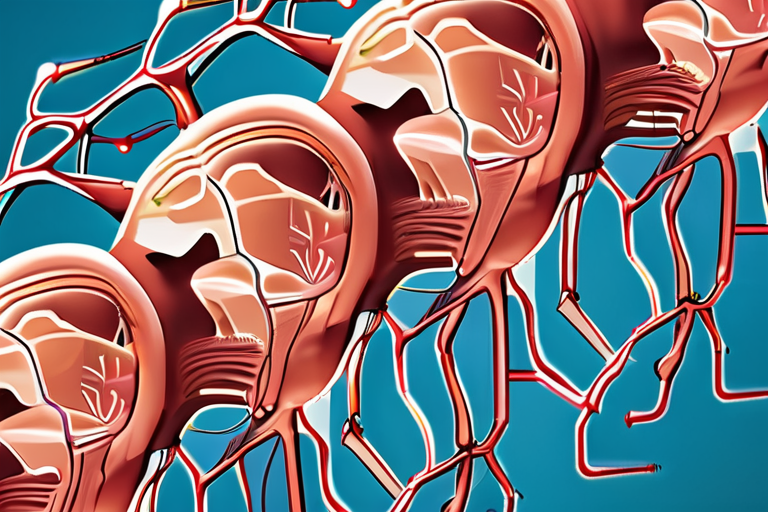
Share & Engage Share
Share this article